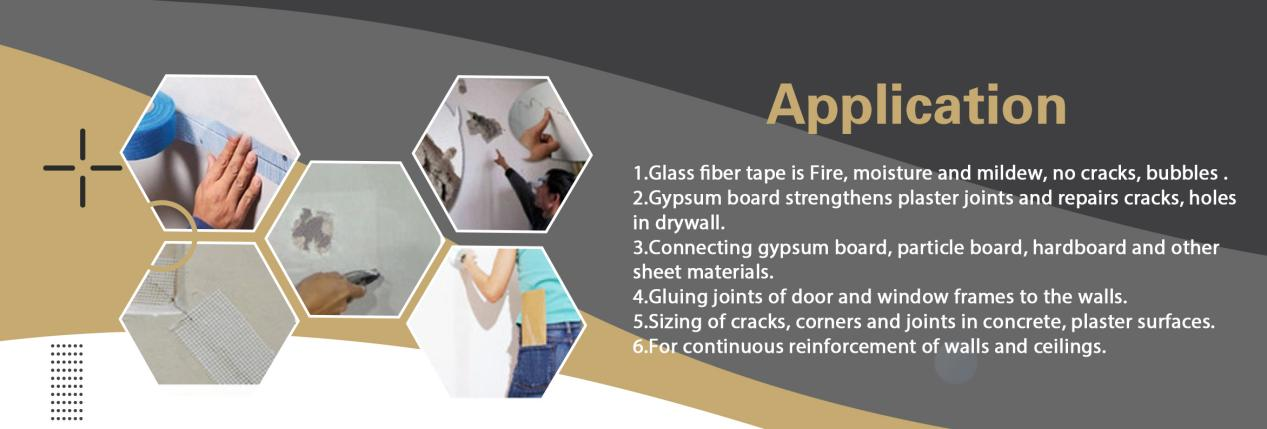Applying fiberglass cloth or tape to surfaces provides reinforcement and abrasion resistance, or, in the case of Douglas Fir plywood, prevents grain checking. The time to apply fiberglass cloth is usually after you’ve completed fairing and shaping, and before the final coating operation. Fiberglass cloth can also be applied in multiple layers (laminated) and in combination with other materials to build composite parts.
Dry Method of Applying Fiberglass Cloth or Tape
- Prepare the surface as you would for epoxy bonding.
- Position the fiberglass cloth over the surface and cut it several inches larger on all sides. If the surface area you are covering is larger than the cloth size, allow multiple pieces to overlap by approximately two inches. On sloped or vertical surfaces, hold the cloth in place with masking or duct tape, or with staples.
- Mix a small quantity of epoxy (three or four pumps each of resin and hardener).
- Pour a small pool of epoxy resin/hardener near the center of the cloth.
- Spread the epoxy over the fiberglass cloth surface with a plastic spreader, working the epoxy gently from the pool into the dry areas. Use a foam roller or brush to wet out fabric on vertical surfaces. Properly wet out fabric is transparent. White areas indicate dry fabric. If you are applying fiberglass cloth over a porous surface, be sure to leave enough epoxy to be absorbed by both the cloth and the surface below it. Try to limit the amount of squeegeeing you do while applying fiberglass cloth. The more you “work” the wet surface, the more minute air bubbles are placed in suspension in the epoxy. This is especially important if you plan to use a clear finish. You may use a roller or brush to apply epoxy to horizontal as well as vertical surfaces. Smooth wrinkles and position the cloth as you work your way to the edges. Check for dry areas (especially over porous surfaces) and re-wet them as necessary before proceeding to the next step. If you have to cut a pleat or notch in the fiberglass cloth to lay it flat on a compound curve or corner, make the cut with a pair of sharp scissors and overlap the edges for now.
- Use a plastic spreader to squeegee away excess epoxy before the first batch begins to gel. Slowly drag the squeegee over the fiberglass fabric at a low, almost flat, angle, using even-pressured, overlapping strokes. Use enough pressure to remove excess epoxy that would allow the cloth to float off the surface, but not enough pressure to create dry spots. Excess epoxy appears as a shiny area, while a properly wet-out surface appears evenly transparent, with a smooth, cloth texture. Later coats of epoxy will fill the weave of the cloth.
- Trim the excess and overlapped cloth after the epoxy has reached its initial cure. The cloth will cut easily with a sharp utility knife. Trim overlapped cloth, if desired, as follows:
a.) Place a metal straightedge on top of and midway between the two overlapped edges. b.) Cut through both layers of cloth with a sharp utility knife. c.) Remove the top-most trimming and then lift the opposite cut edge to remove the overlapped trimming. d.) Re-wet the underside of the raised edge with epoxy and smooth into place. The result should be a near perfect butt joint, eliminating double cloth thickness. A lapped joint is stronger than a butt joint, so if appearance is not important, you may want to leave the overlap and fair in the unevenness after coating. - Coat the surface with epoxy to fill the weave before the wet-out reaches its final cure stage.
Follow the procedures for final surface preparation. It will take two or three coats of epoxy to completely fill the weave of the cloth and to allow for a final sanding that will not affect the cloth.
Post time: Jul-30-2021